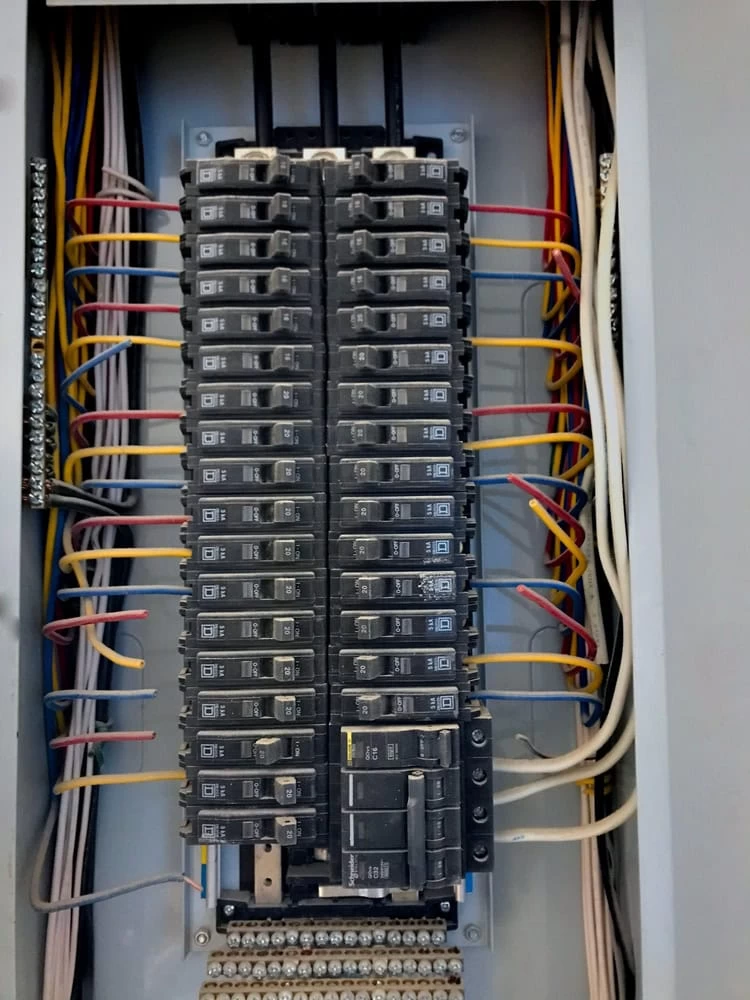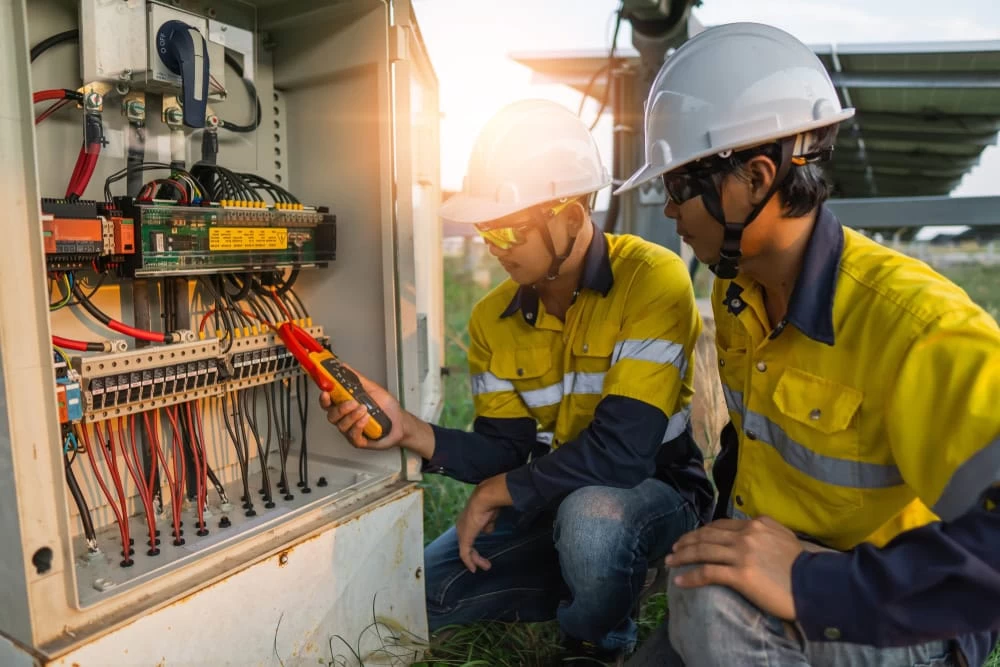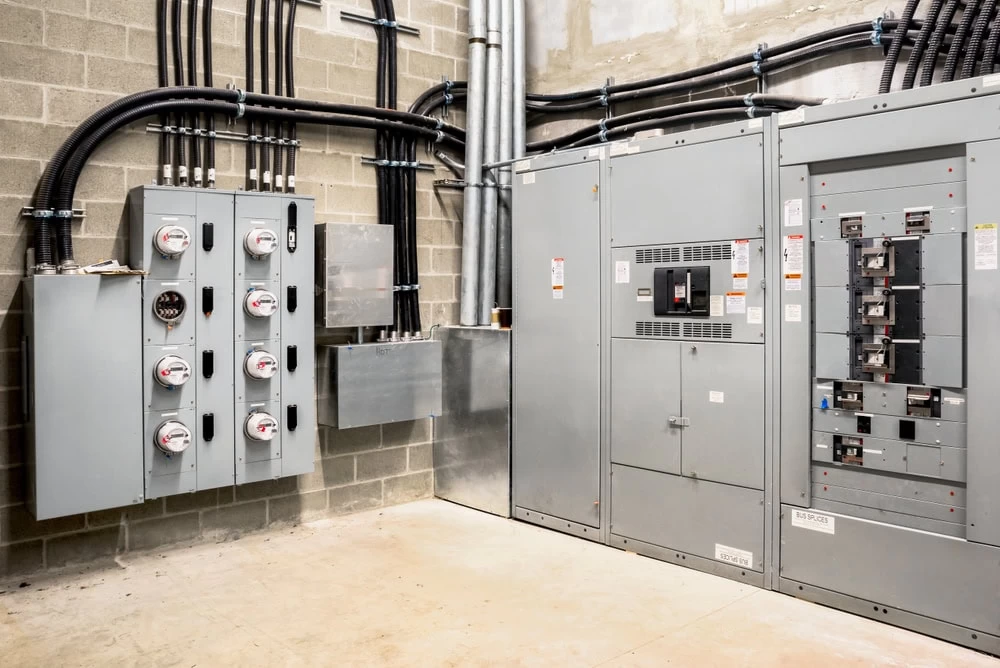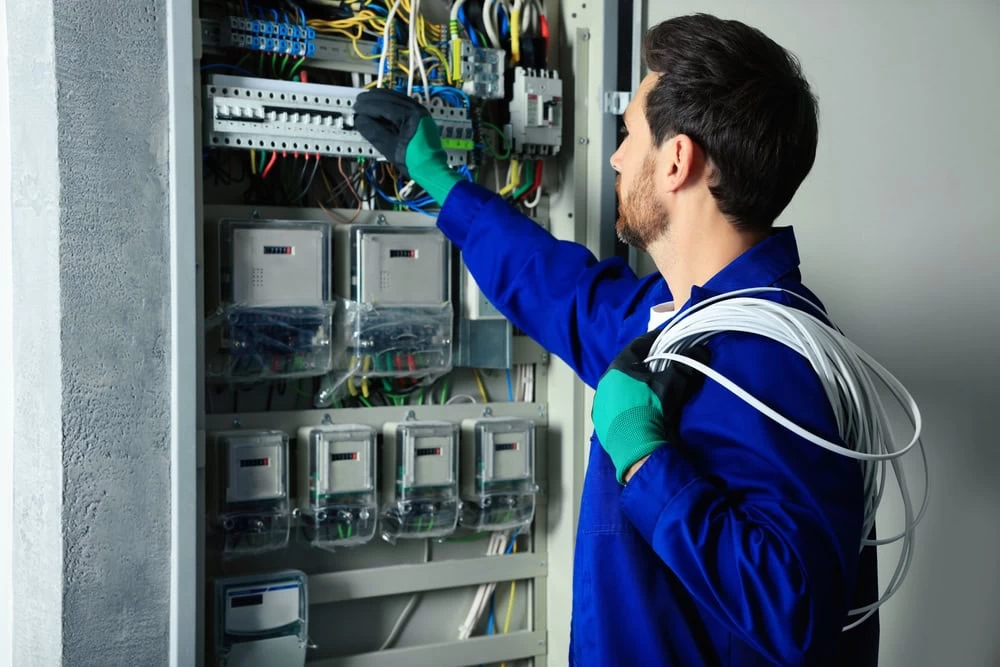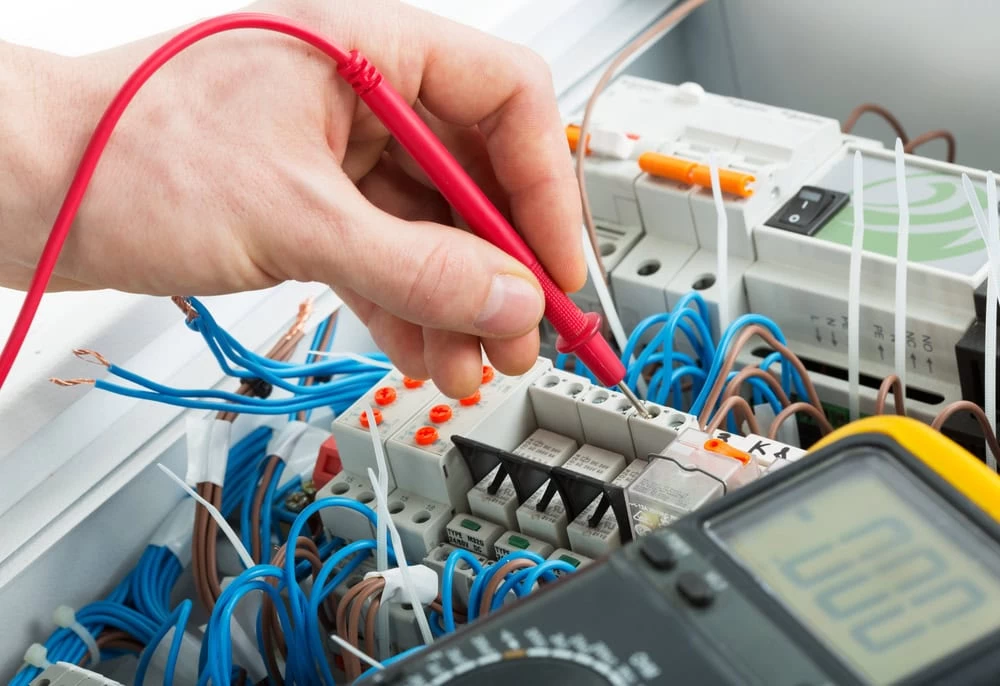Summary:
Stop Circuit Breaker Problems That Signal Dangerous Overloads
Circuit breakers that trip more than twice per month indicate your panel can’t handle your electrical demands safely. Each trip represents a moment when your wiring nearly overheated—continuing to reset breakers without addressing the cause creates cumulative damage that leads to wire insulation breakdown. Modern homes require 200-amp service, while older panels often provide only 100-150 amps, forcing circuits to carry dangerous loads. When you plug in a hair dryer and the kitchen lights dim, your panel is already running beyond safe capacity. Upgrading to a 200-amp panel with 42 circuit positions eliminates dangerous overload and supplies capacity for future electrical needs like electric vehicle charging.
Why Frequent Trips Cost More Than Inconvenience
Each breaker trip creates microscopic damage to electrical connections, gradually increasing resistance that generates heat. Over 2-3 years, this cumulative damage transforms safe connections into fire hazards. Replacing your panel before connections fail prevents the $8,000-$15,000 rewiring costs that become necessary when overheated circuits damage wire insulation throughout your home.
Flickering Lights Reveal Hidden Fire Risks
Lights that flicker when appliances start indicate loose connections that generate dangerous heat spikes. These temperature fluctuations cause wire nuts to expand and contract, gradually loosening connections that can reach 1,000°F before igniting surrounding materials. Professional panel upgrades include torquing all connections to manufacturer specifications, eliminating the loose joints that cause 65% of electrical fires.
Fuse Panels Create Fire Hazards You Can't Control
Fuse-based electrical systems lack the precise overcurrent protection that prevents fires in modern homes. When fuses blow repeatedly, homeowners often install higher-amp fuses that allow dangerous current levels through undersized wiring. Standard 14-gauge wire safely carries 15 amps, but 20-amp fuses allow current that heats this wire to fire-ignition temperatures. Circuit breakers provide exact amperage cutoffs—15-amp breakers trip at 15.5 amps, while fuses may not blow until reaching 25-30 amps on 15-amp circuits. Upgrading to breaker panels reduces fire risk by 78% compared to fuse systems, according to National Fire Protection Association data.
Modern Appliances Overload Vintage Wiring
Today’s appliances draw surge currents that exceed fuse ratings for milliseconds during startup. Refrigerators, air conditioners, and microwave ovens create power spikes that gradually weaken fuses, causing them to blow unpredictably. Circuit breakers handle these normal surges without degradation, maintaining consistent protection throughout their 25-year service life.
Burning Smells Signal Immediate Fire Danger
Electrical burning odors indicate components reaching temperatures above 200°F—hot enough to ignite paper and wood materials. Scorch marks around breakers show where arcing has already occurred, creating carbon tracking that increases future arc likelihood. These warning signs require immediate power shutoff and professional inspection, as continued operation can trigger house fires within hours.
Protect Your Taylor County Home Before Problems Escalate
Electrical panel problems escalate quickly from minor inconveniences to life-threatening hazards that threaten your family’s safety and your home’s value. Upgrading your panel costs $2,800-$4,200 but prevents the $45,000 average fire damage that destroys families financially and emotionally. Your Taylor County home deserves the protection that modern electrical systems provide. Contact Hooked Up Electric today for a panel assessment that identifies hidden risks before they become emergencies.

